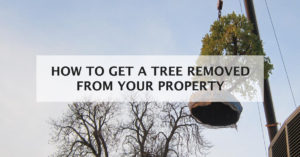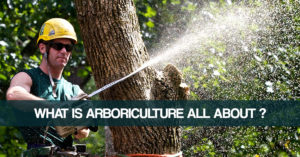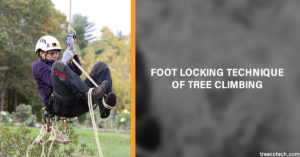
Due to the increase in awareness about the trees and their importance, the government has changed regulations and have put a lot of rules in place to protect the trees. There could be some cases where BMC tree permission issues could clash with the intents of the owner of the property. Problematic situation could be when the tree is decaying or dead and the owner needs to get it removed but the government or council like BMC might not allow you to do so. In some situations, the case could be reversed as well. A tree can be a hazard sometimes and it those situations either the government needs to put proper signs or remove the tree altogether.
Whatever the case may be, the need for removing the tree can crop up which requires arboriculture knowledge. It has to be done by a certified arborist in India because the disposal of tree means safely disposing of the debris, brush and stumps.
The local city council like BMC will mark the tree if it has to be removed. If you see any such sign for the tree in your property, you can ask them about why the tree needs to be removed.
After identification of the tree that has to be removed and getting the BMC tree permission, one of the following ways can be adapted:
Hiring an Arboriculture consultancy in India:
This is the safest bet for you if you want to get a tree removed. Hiring a professional agency will also be advisable by the local city council. This may not necessarily mean that you can hire any consultancy. Most councils have contracts with certain specialists and you can get recommendations from them for the same. It is safer and cheaper to hire a consultancy through the council.
- You can let the city council manage this work. Chances are that this option will cost you much more since the council will leverage the bills on you. It will include the cost of the specialist as well as the administrative cost. This method is used by the Municipal corporation itself if the owners do not take the appropriate action on time.
- DIY: Probably the riskiest thing to do is to try removing the tree all by yourself. It is unsafe not just for the people or property around the tree, but also for other trees/plants nearby. If the tree that is removed has a disease, then it needs to be debarked. You would also not know much about the safety procedures for tree specialist. The empty space created after removal of the tree needs to be filled with sod and all this might have to be done within the deadline given by the local council.
If there is any tree which you think has caught a disease, you should immediately refer to a tree specialist in India. They can themselves do a survey of the trees on your property or they can guide you on how to hire an expert for a tree survey. Once you get in touch with experts like that, the need and procedure of removal of the tree will be their headache to look into.



